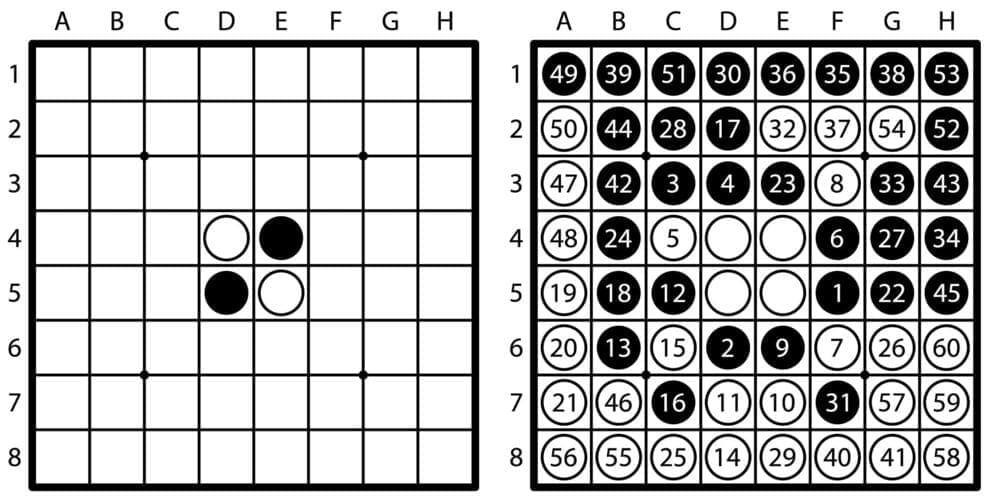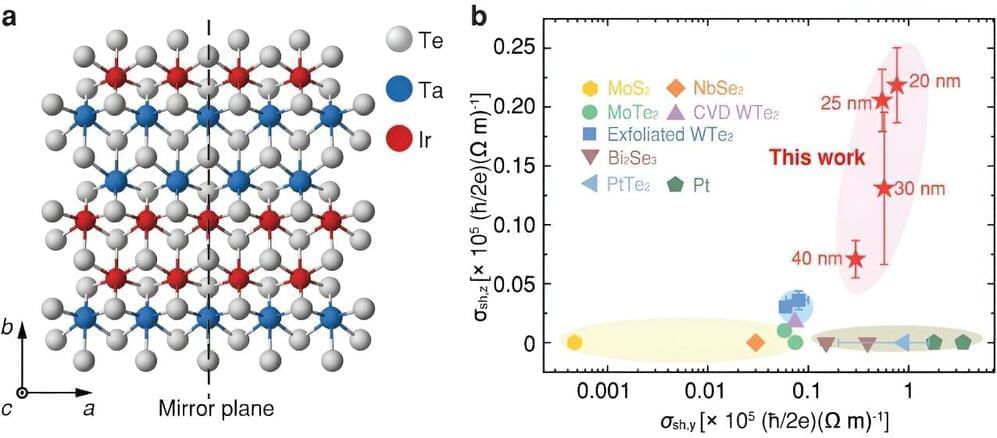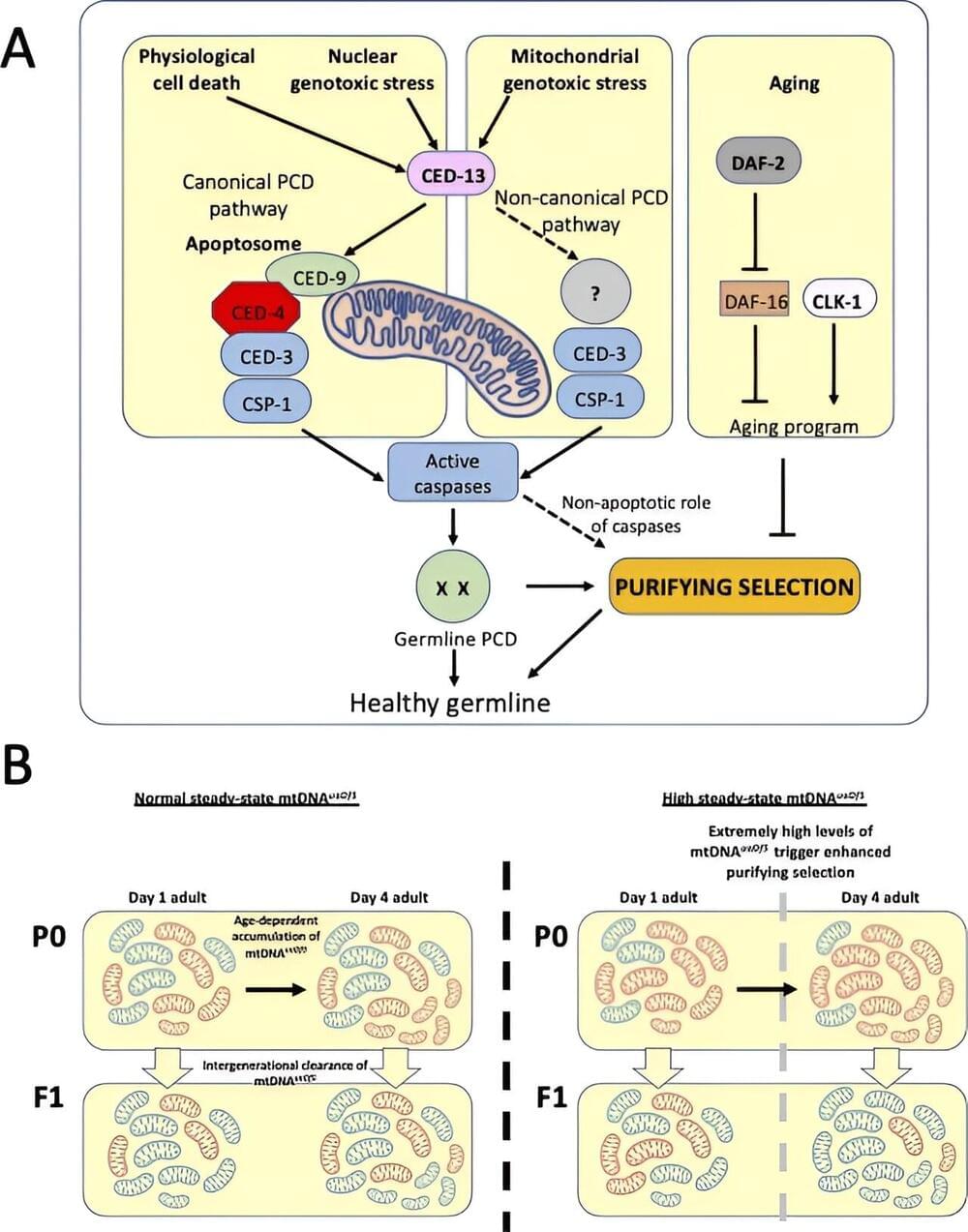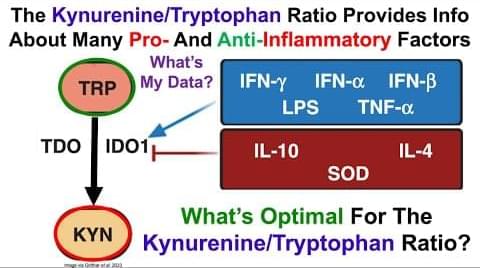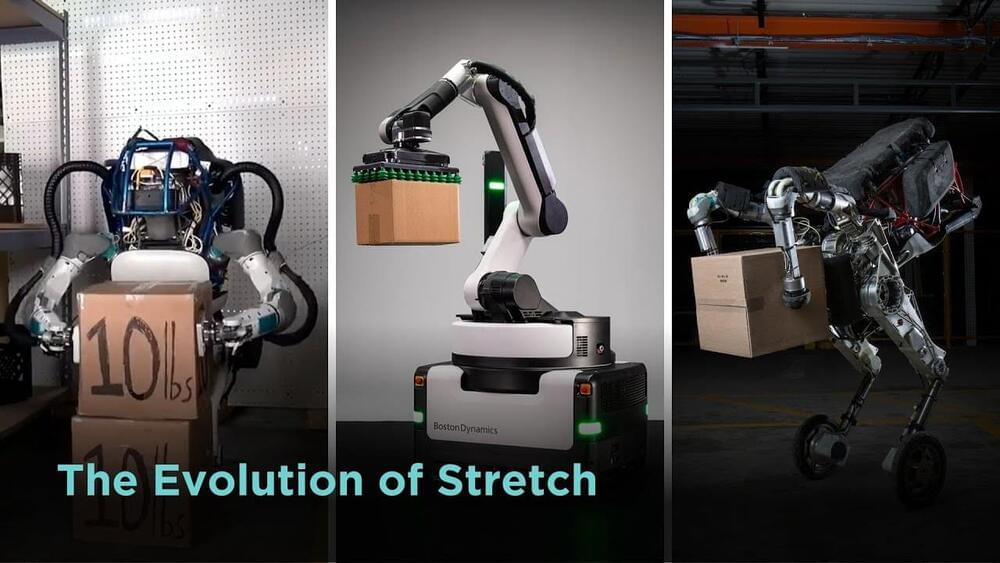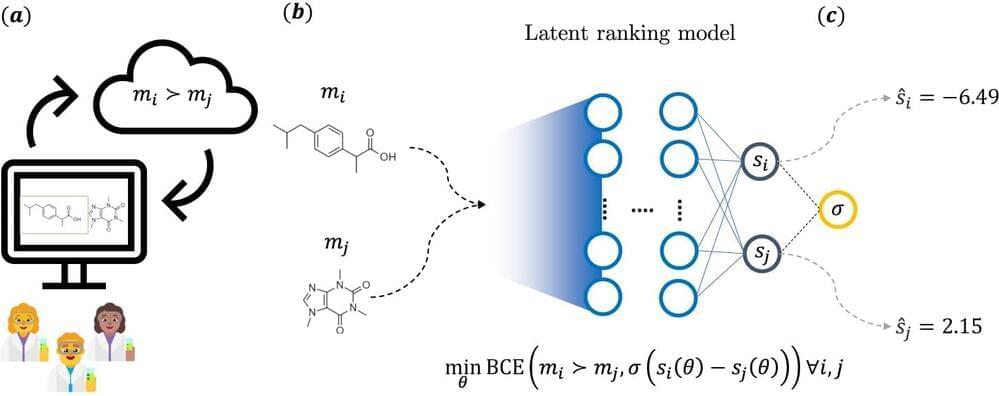Nov 9, 2023
Japanese scientist conquers the board game Othello
Posted by Saúl Morales Rodriguéz in categories: entertainment, supercomputing
“Othello is now solved.” With that summation, a researcher at a Japanese computer company confirmed yet another milestone in supercomputing achievement.
Othello, a 140-year-old game rooted in the Shakespearean drama of the same name that depicts conflict between the Moor of Venice and Desdemona, does not seem complex at first glance. It is played on a board with black and white disks strategically positioned in squares along eight rows and eight columns.
The challenge, according to bioinformatician Hiroki Takizawa, is to conceive a game plan “with no mistake made by either player.”
